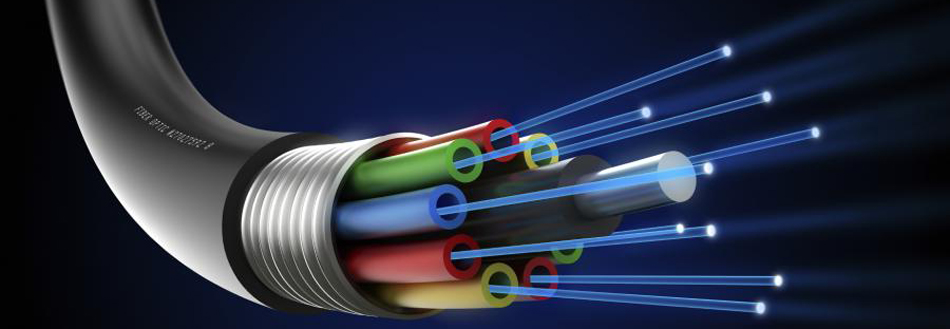Why Use Fiber Optic Cabling?
Technological advances are the source of increased demands on any communications network. Faster speeds and more bandwidth are required to make each component work correctly. Only a small percentage of the voice network capability is used for voice communications. Data, video and encrypted information demand network flexibility with the capacity for massive quantities of traffic. Advanced Network Installation fiber cabling offers many advantages for any network.
Reduced cost – Since fiber optics are composed of hair-like strands of glass, many miles of fiber optic cabling costs less money to produce than copper wire. Providers and clients save money on fiber optic cabling materials, which lowers the cost of installation.
Tinier cables – When cables must be installed in existing walls, bulky cables make the job very difficult. Fiber optic cables are very small in diameter and can be installed in virtually any wall or ceiling without damage.
Higher capacity – Lightning-fast communication speeds are essential for productivity in the workplace. Massive quantities of data will travel across fiber optics to support many users.
Signal integrity – Light transverses over fiber optic cabling without signal degradation since there is no resistance for the signal. Signals will travel farther and faster.
Light travels fast – fiber optics transmit light signals over long distances without the use of signal enhancers. More fibers are bundled together in one cable without signal cross over.
Lower power requirements – Transmitters that require low-voltage power are used in the fiber cabling, which reduces power usage. Small amounts of power will run extremely large networks.
Digital signals – Analog to digital conversions are not required since fiber optics is designed to transmit digital information. Network efficiency is improved with fiber optic cabling.
Fire risk eliminated – Electricity is not used in the fiber cabling network, which eliminates the risk of fire. Technicians are safer when working with fiber optic cabling.
Lightweight – Extensive webs of cabling can strain the walls and ceilings of existing buildings unless fiber optic cabling is installed. Hair-like glass strands weigh a fraction of what copper cables weigh, so cables can be strung in dropped ceilings.
Businesses all over Utah are discovering the many advantages of fiber optic cabling. Speed and signal integrity are essential to high-quality business communications, and the best solution includes Advanced Network Installation fiber optics. To keep pace with technology advances, wise business owners will embrace fiber optic cabling as the solution for their changing business needs.

![]()

